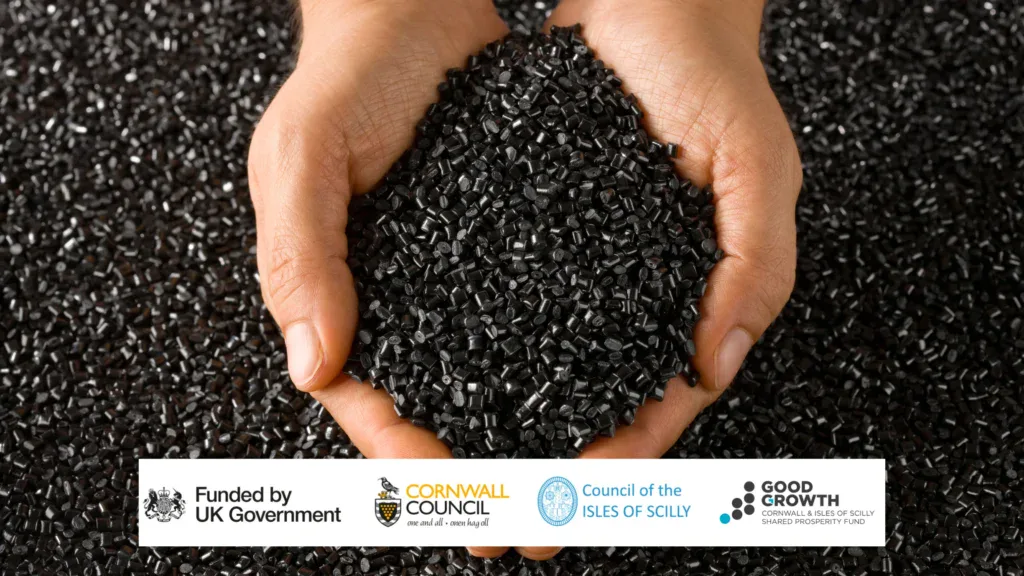In its application to vary its permit Biffa said the increased throughput had been sought following “improved understanding of the local market conditions and the treatment process”.

The increased throughput will result in more batches being treated each year rather than more waste being treated at any one time, Biffa said.
A spokesperson for the waste management company told letsrecycle.com: “We have increased the capacity at our Skelton Grange site to 50,000 tonnes per year which will enable us to meet further market demand for soil recycling in the local area.
“The shift in market trends reflects increasing customer awareness of sustainability issues and we’re pleased to be able to support this.”
The processing of street cleaning residues within the non-hazardous waste treatment process at the site has also been increased.
The Skelton Grange Landfill Site was issued a permit in 2001. In August 2014 the permit was varied to add a soil treatment facility. Material recovered by the facility is used in the restoration of the landfill site.
Soil remediation
Biffa runs the site in partnership with Reading-based soil remediation specialists Biogenie-Englobe, which claims it was the first company to construct and operate a hazardous soil treatment facility in the UK in 2005.
Together, Biffa and Biogenie run four other soil treatment facilities at Merthyr Tydfil, Redhill, Meece and Westmill in addition to Skelton Grange.
The Merthyr Tydfil site began operations in 2018 (see letsrecycle.com story).
The treatment plants cleanse hazardous soil destined for landfill by removing contaminants through the process of bioremediation, “speeding up” the natural degradation process to between eight and 12 weeks. The soil can then be used to cover or restore landfill sites.









Subscribe for free